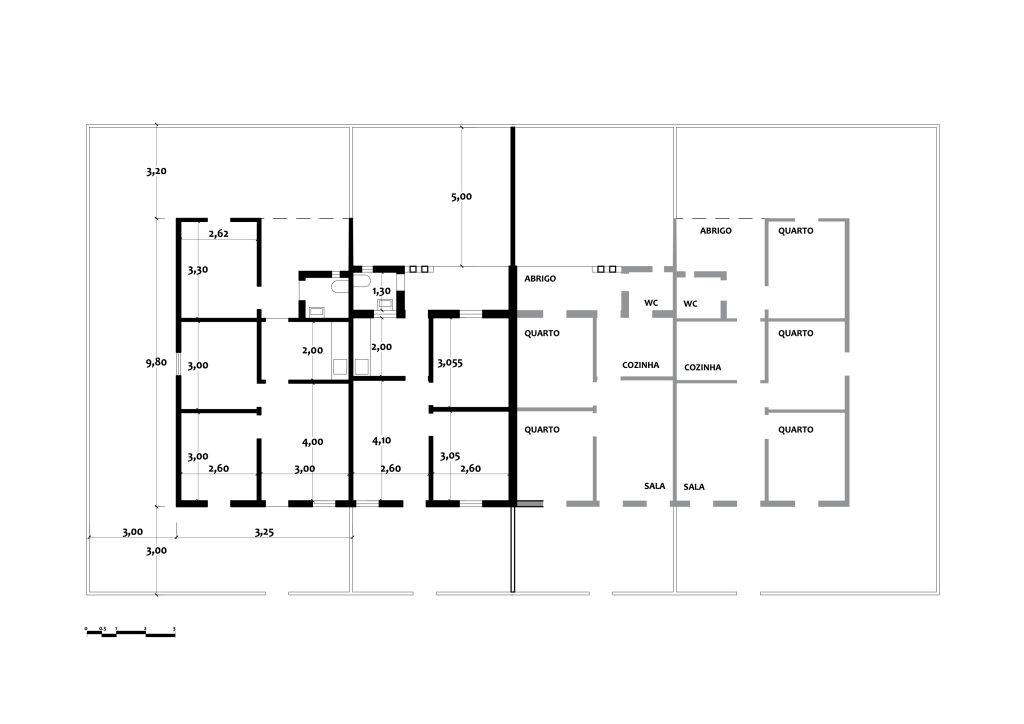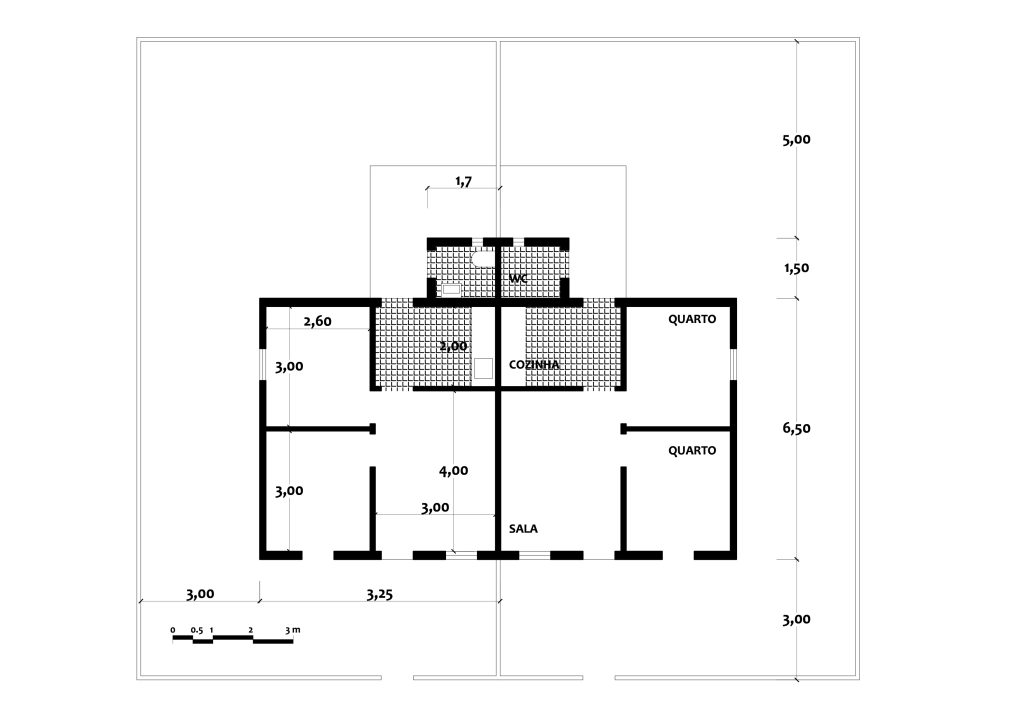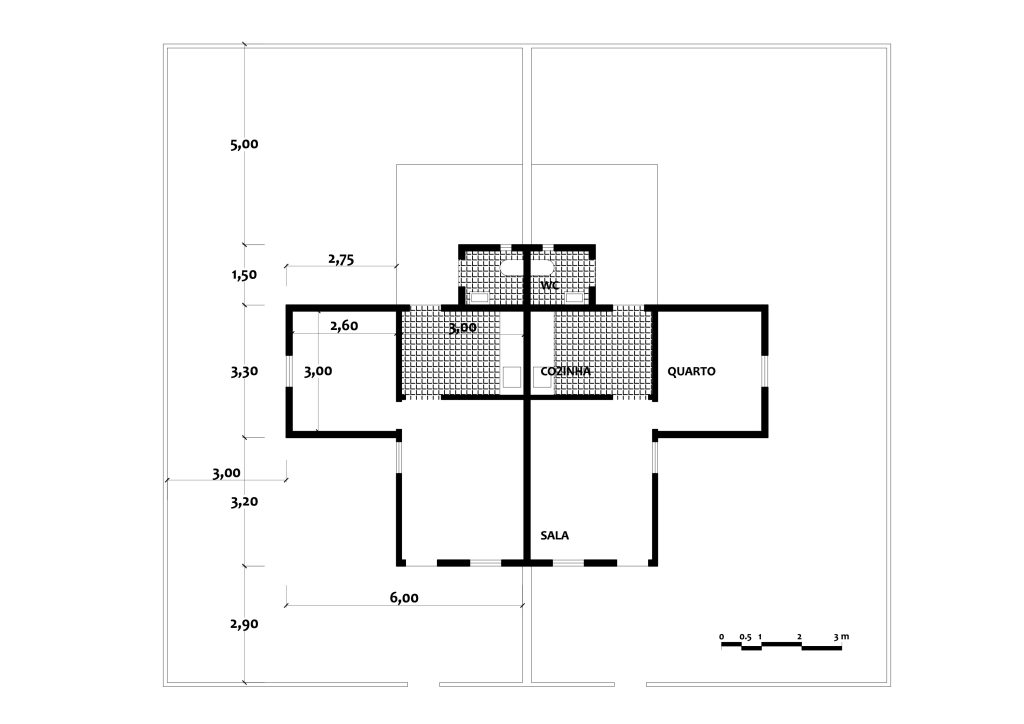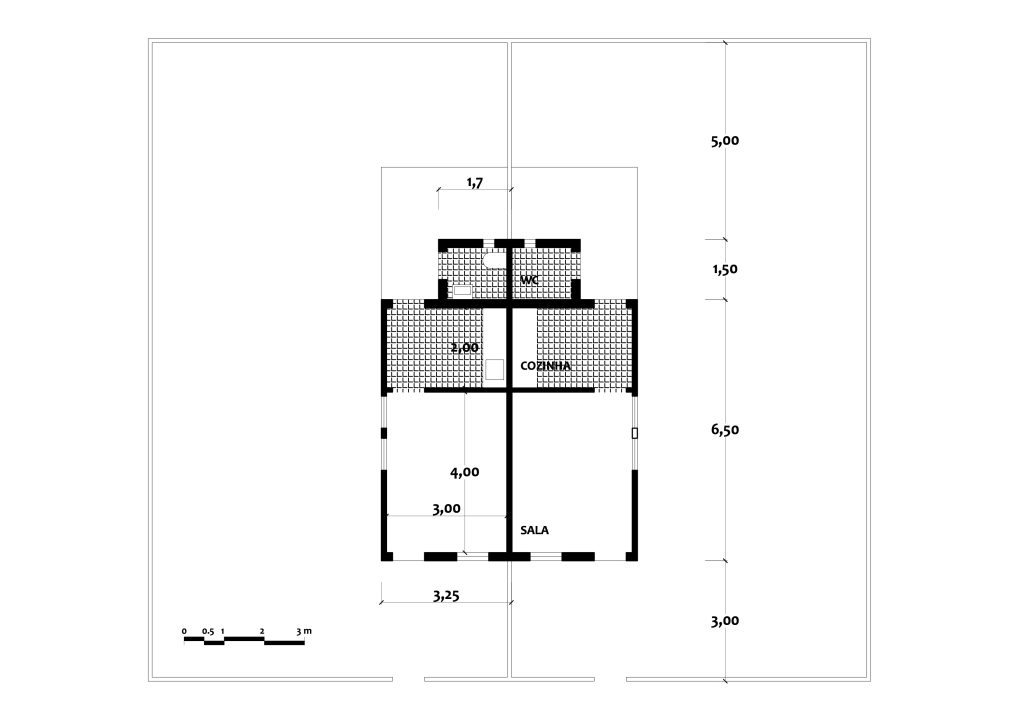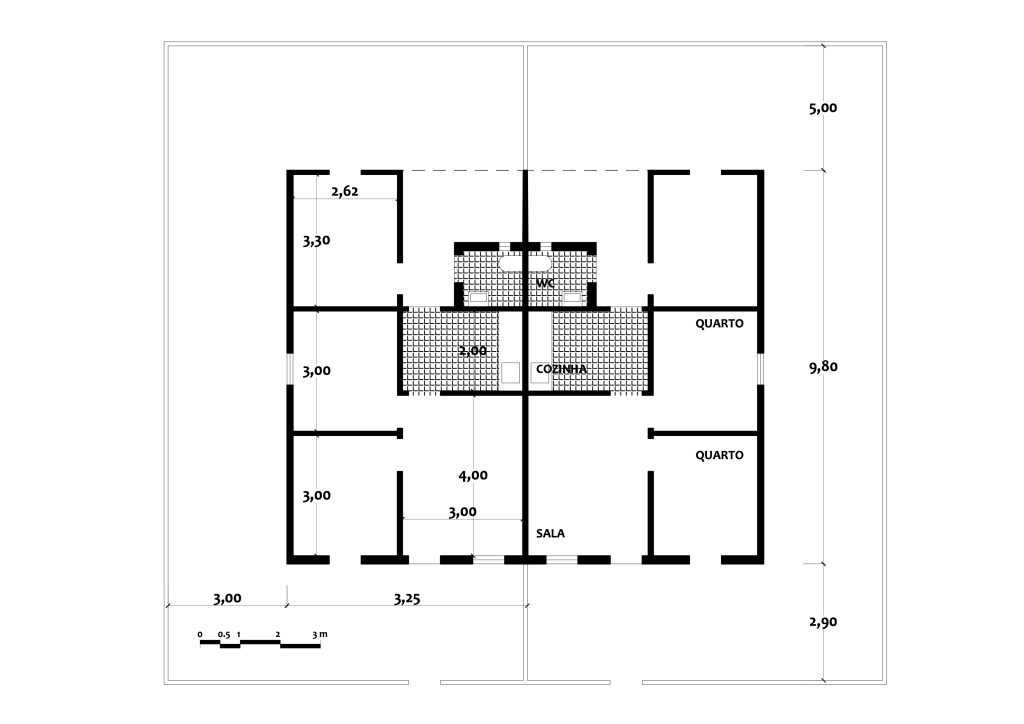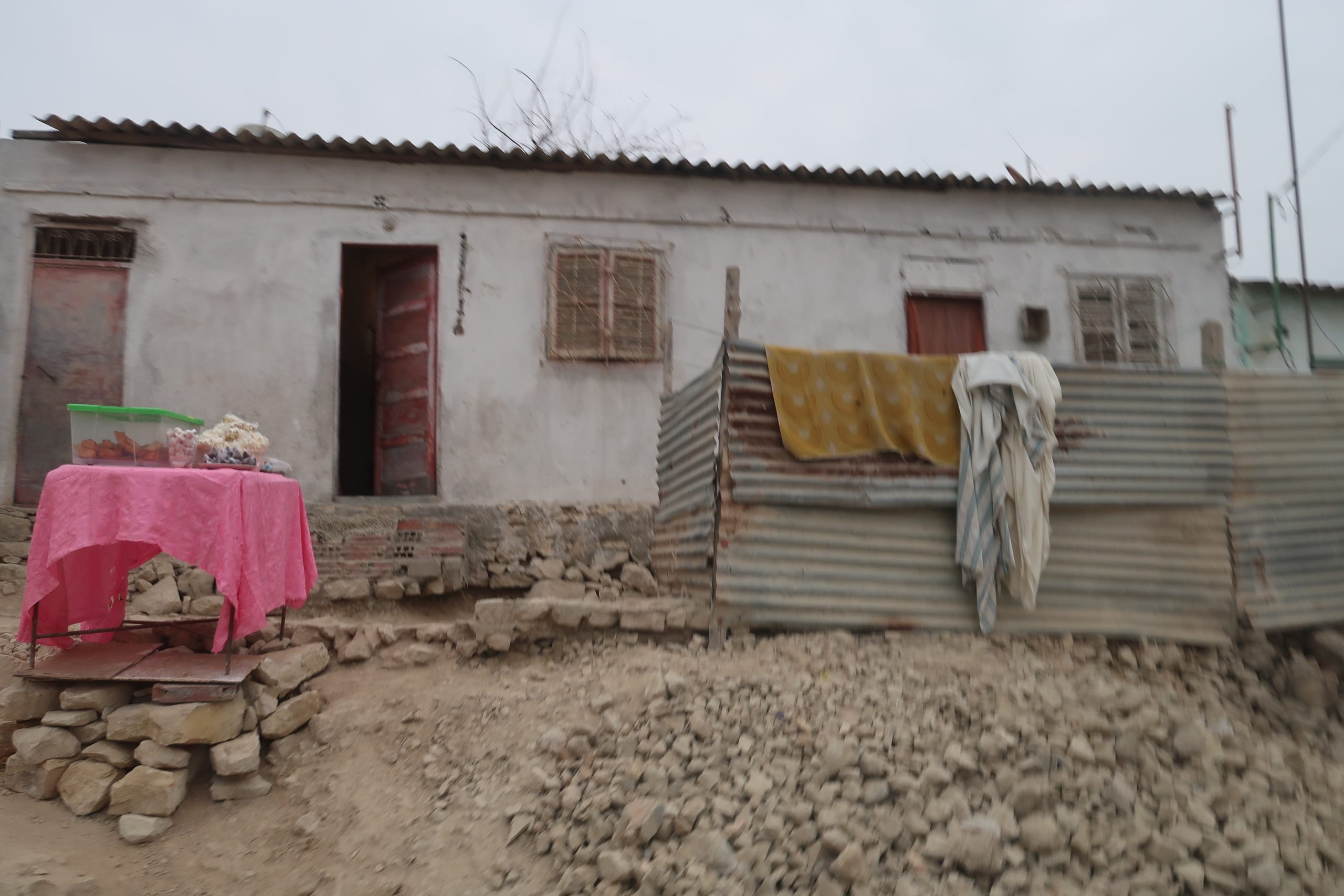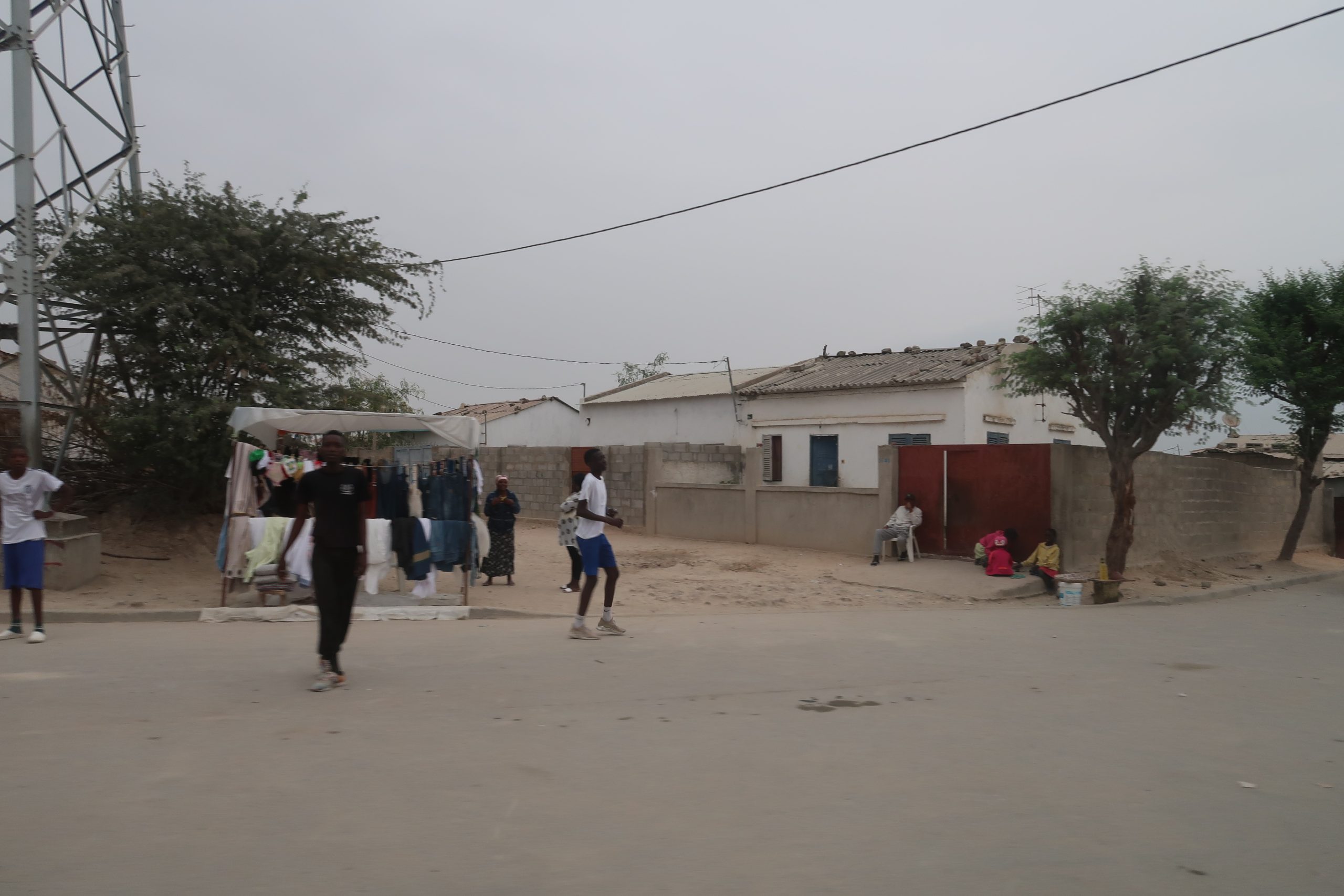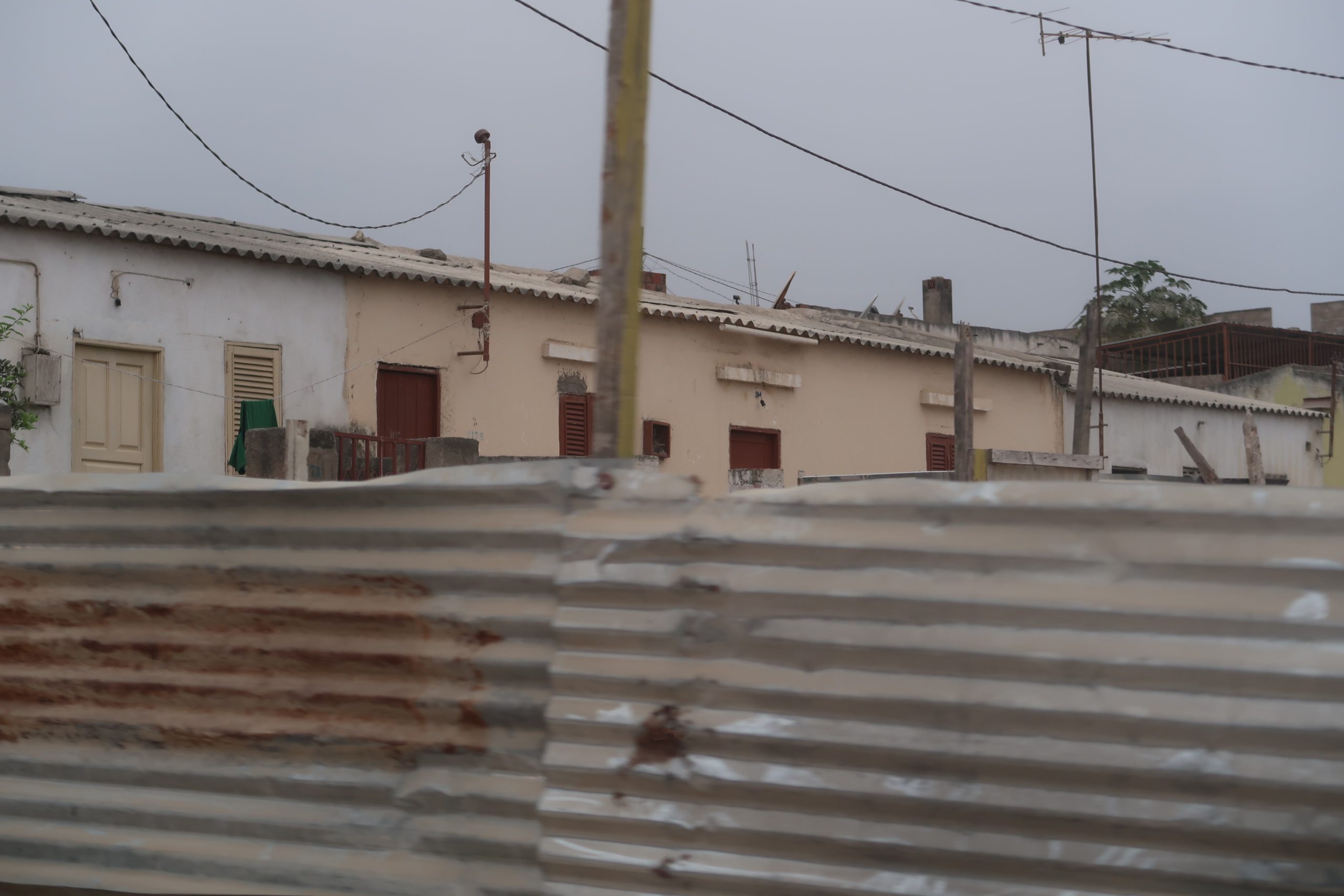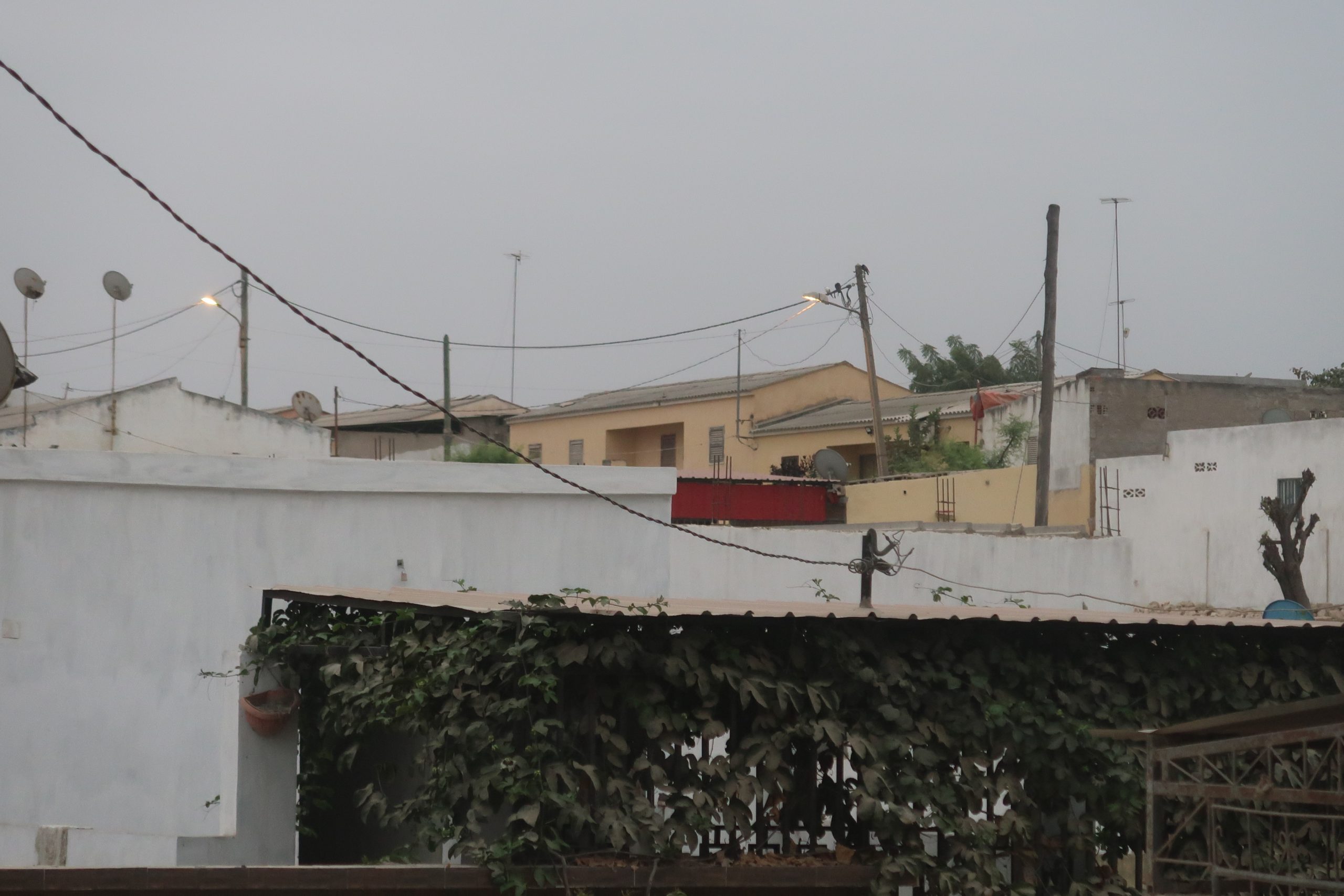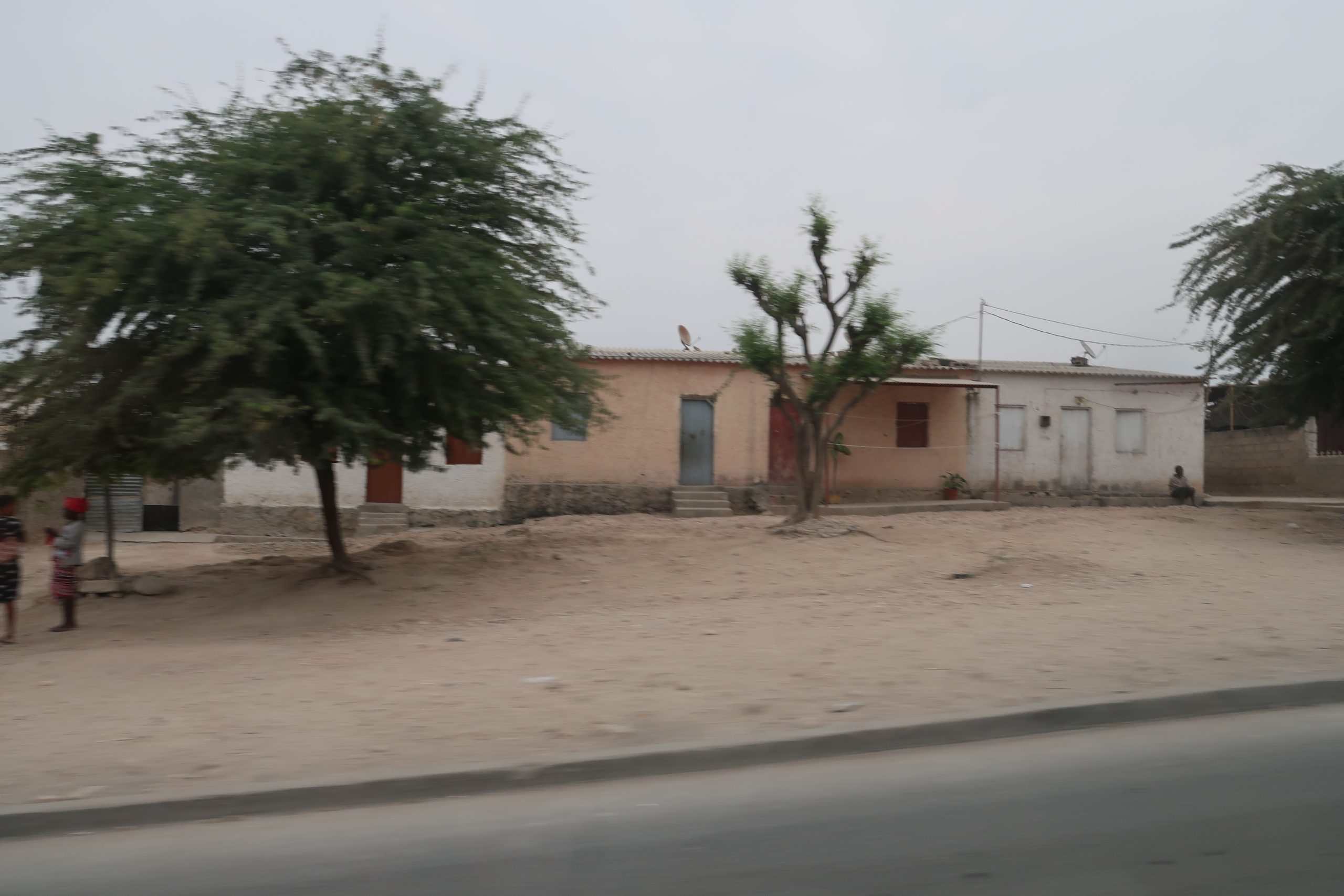NEIGHBORHOODS – 03 – ALTO LIRO OPERATION, ANGOLA
The “Operação Alto Liro” was a collective housing program launched by the Urbanization Services of the Lobito City Council, Angola, in 1971. It was located on the surrounding plateaus, 120 meters above sea level, north of the Lobito-Luanda Road. It occupied 68 hectares, divided into 155-square-meter plots, initially calculated for 1,543 dwellings and 7,500 families. The aim was to contain the growth of “sanzalas,” formed by newly arrived urban populations. Until 1973, about four units were built per day. The inhabitants, called “concessionaires”, were responsible for building the houses through a system of assisted self-construction, with financial aid. The municipality was responsible for road layout, facilities, and sanitation.
How to cite
ArchLabour: Architecture Colonialism and Labour (P.I. Ana Vaz Milheiro, ERC-funded 10.3030/101096606, 2024-2028). Neighborhoods – 03 – Alto Liro Operation, Angola. Accessed on 3rd December 2025. Available at: https://archlabour.iscte-iul.pt/neighborhoods-angola/
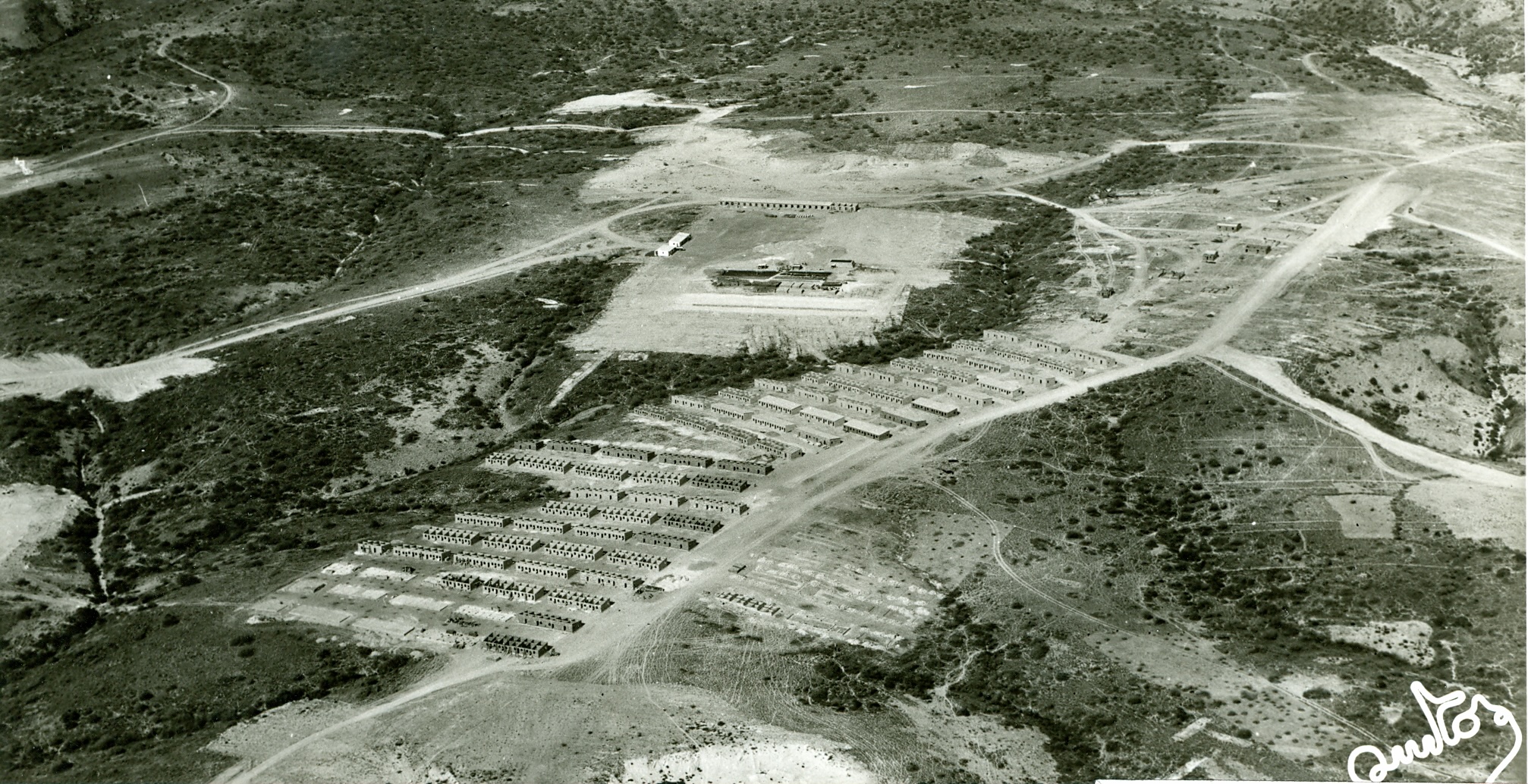
01
Plan & Construction
Under the Lobito Housing and Urban Redevelopment Program, the fifth phase began in 1973 and was expected to last two years, corresponding to “Operação Alto Liro”. The two previous ones involved implementation and tracing the financing model (1971-1973), preceded by experiments in self-construction and property regime (1959-1970). The Urbanization Services plan included commercial and educational infrastructure, sanitary facilities and laundries, leisure areas. Approved concessionaires obtained a plot and access to bank loans for materials and services. Provided with an optional standard residential design, they were required to comply with alignment requirements. The residential core entailed of only one room (living room/bedroom), a kitchen, and a bathroom, to be expanded to three new side rooms.
02
Labour
The construction of the units was the responsibility of each concessionaire, who received technical assistance. They could buy an empty plot or one that already had foundations and walls built. The office, located on site, centralized the distribution of plots by the “neighborhood manager” and the delivery of materials stored in the warehouse. The lack of training among families compromised their autonomy as builders, making it necessary to hire professionals such as bricklayers and carpenters. Small contractors emerged, paid through private loans, contributing to the recognition of specialized tasks. The operation was monitored by the head of the Inspection and Works Brigade assigned to the site.
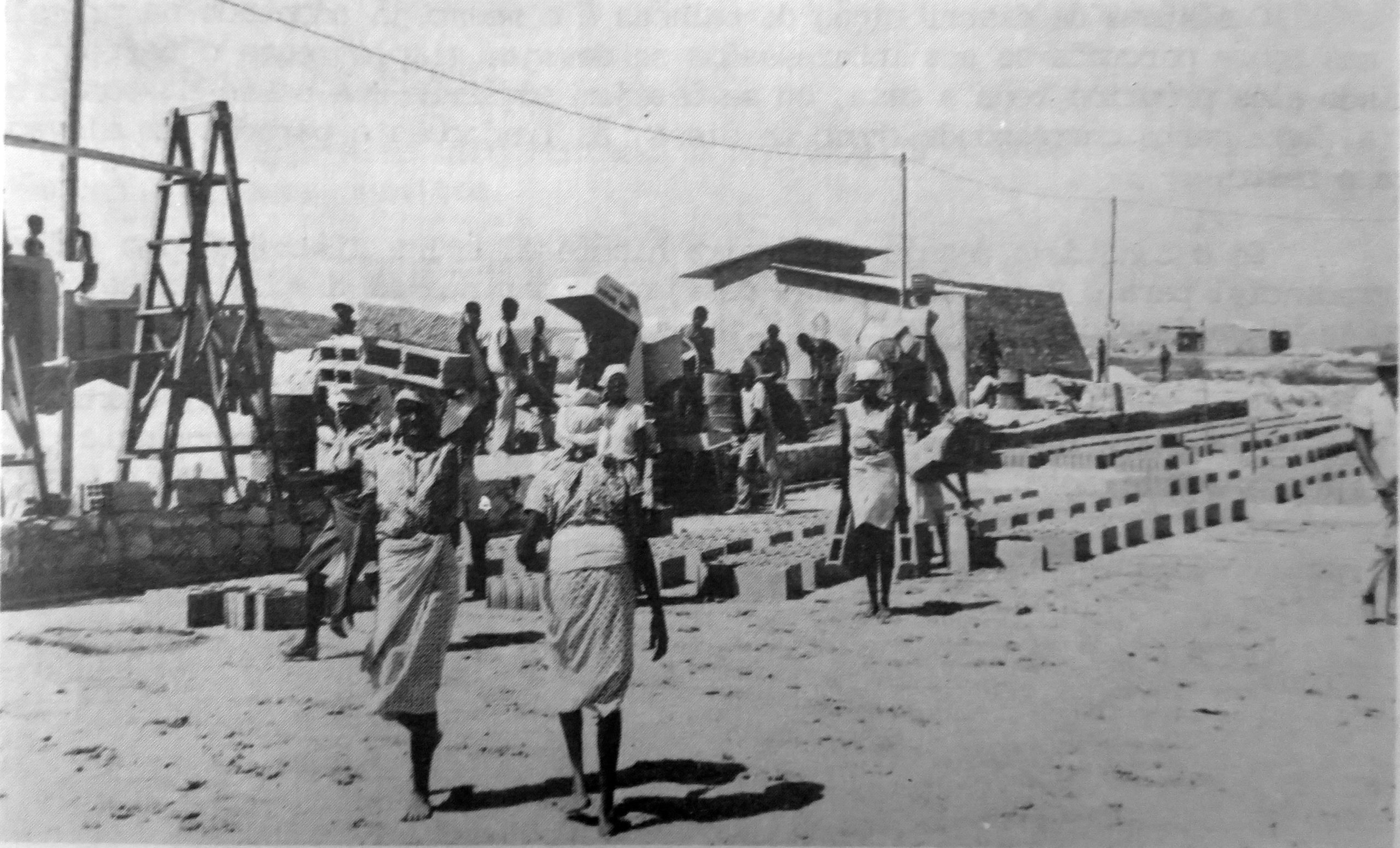
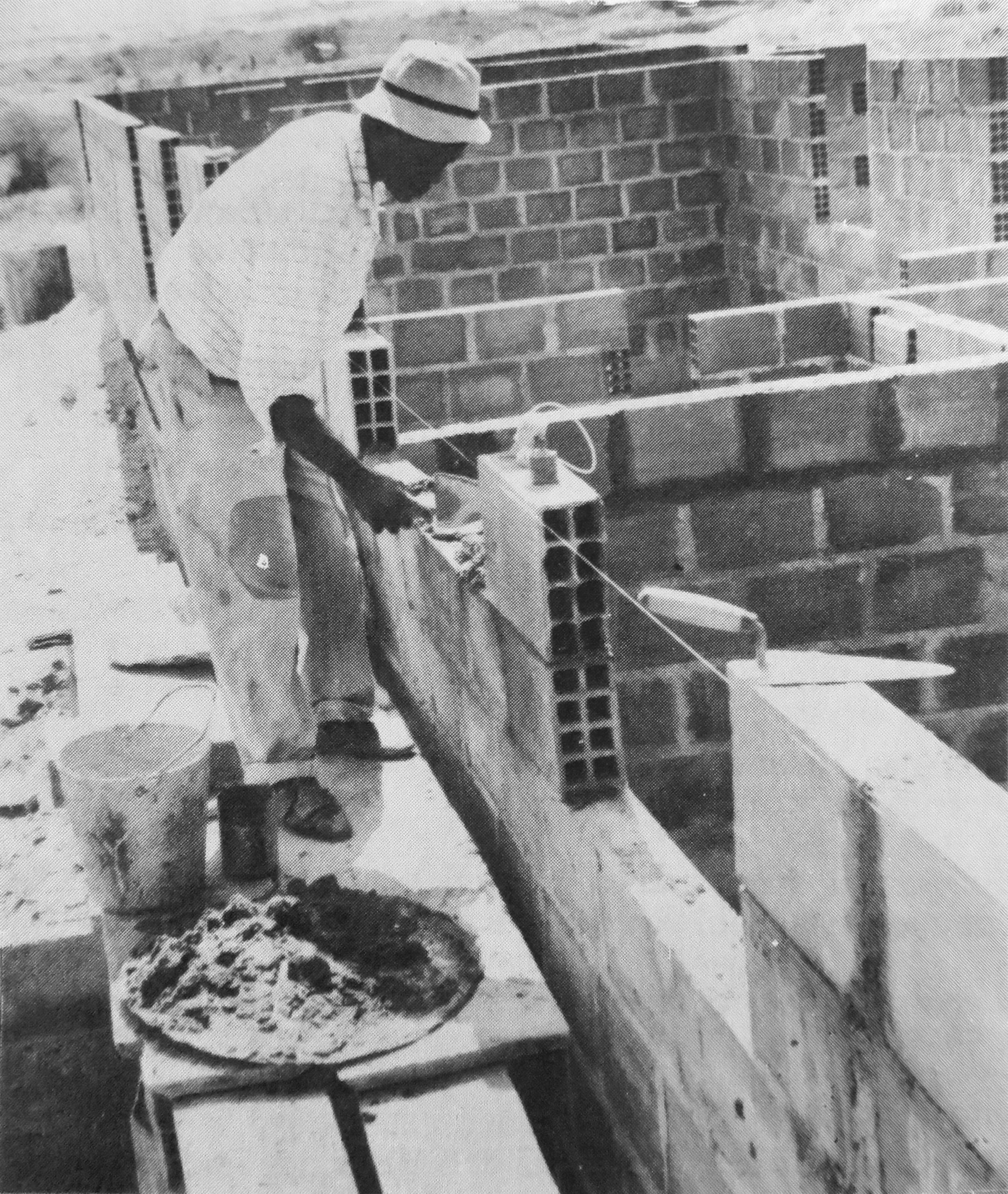
03
Skills & Technologies
Prior to the operation, land and water were provided free of charge to manufacture adobe bricks and stones for the foundations. The use of increasingly “Western” technology required materials produced by local industries, which were purchased by the authorities for resale to contractors. After 1973, 151,000 bricks or blocks, 400 kg of explosives, 640 cubic meters of stone, and 1,300 cubic meters of sand were supplied monthly. Interruptions in the supply of materials made it necessary to expand support by finding new quarries. A construction site was set up in Alto Liro to manufacture cement blocks. Stone and sand were used for the foundations; brick and cement for the walls; zinc or aluminum sheets, fiber cement, tiles, and beams for the roof; doors and windows had prefabricated wooden frames.
Fieldwork
Photographs and Drawings
